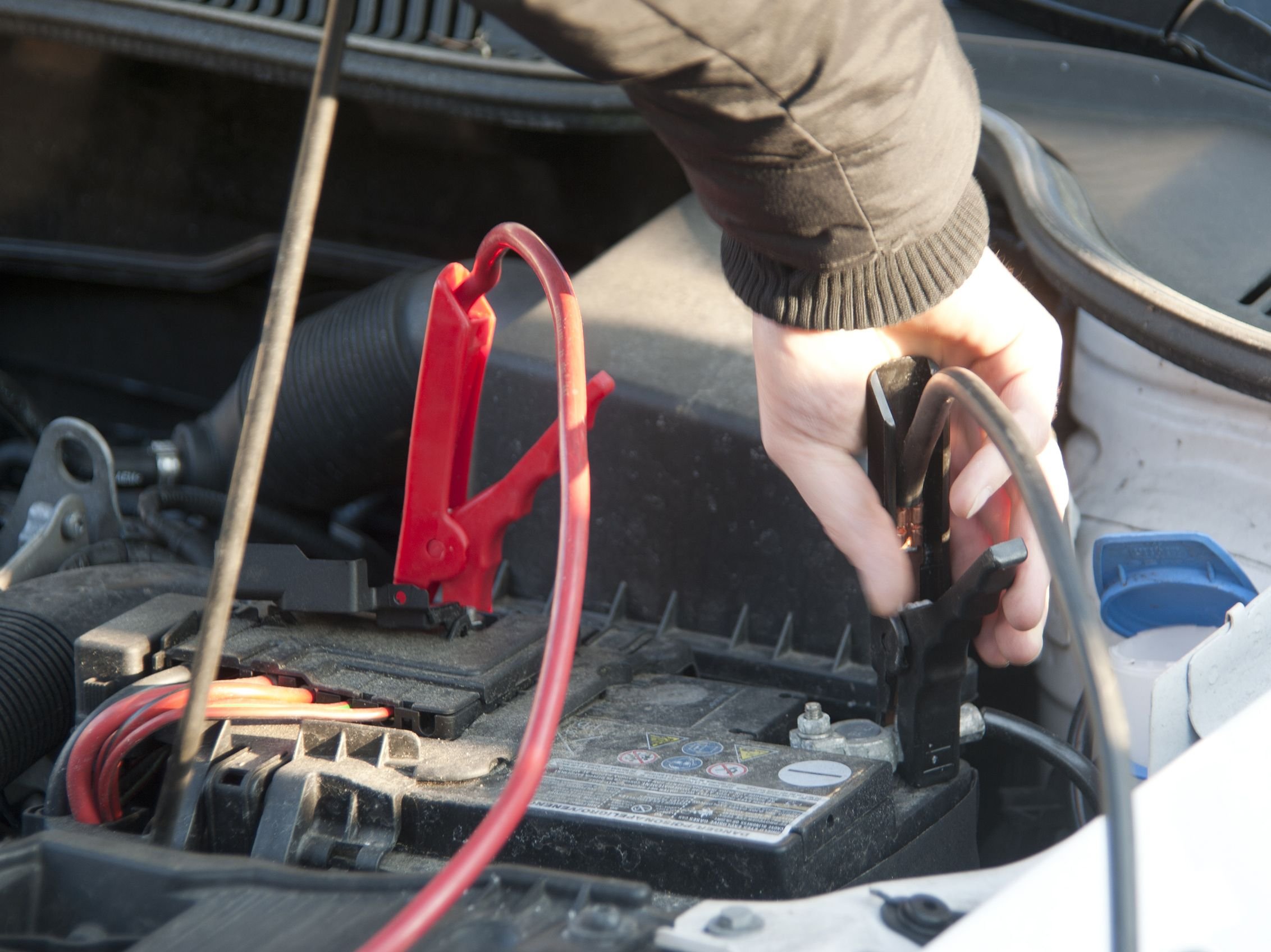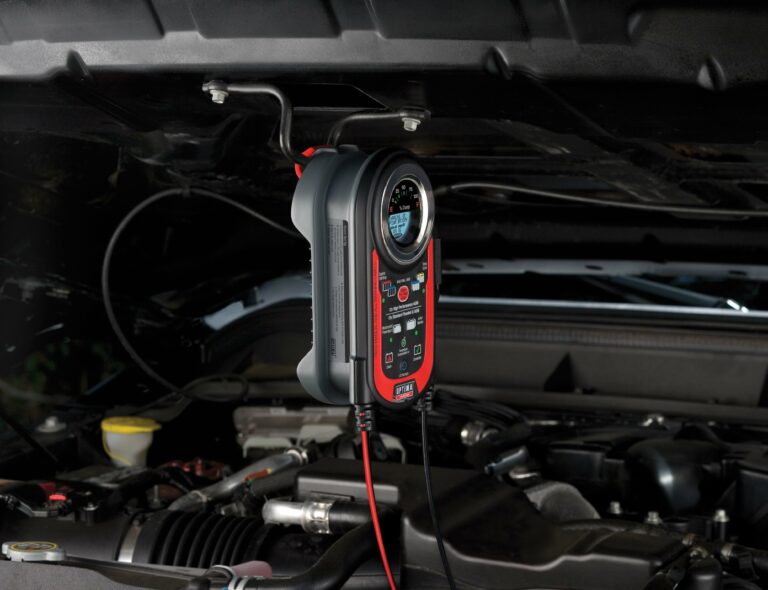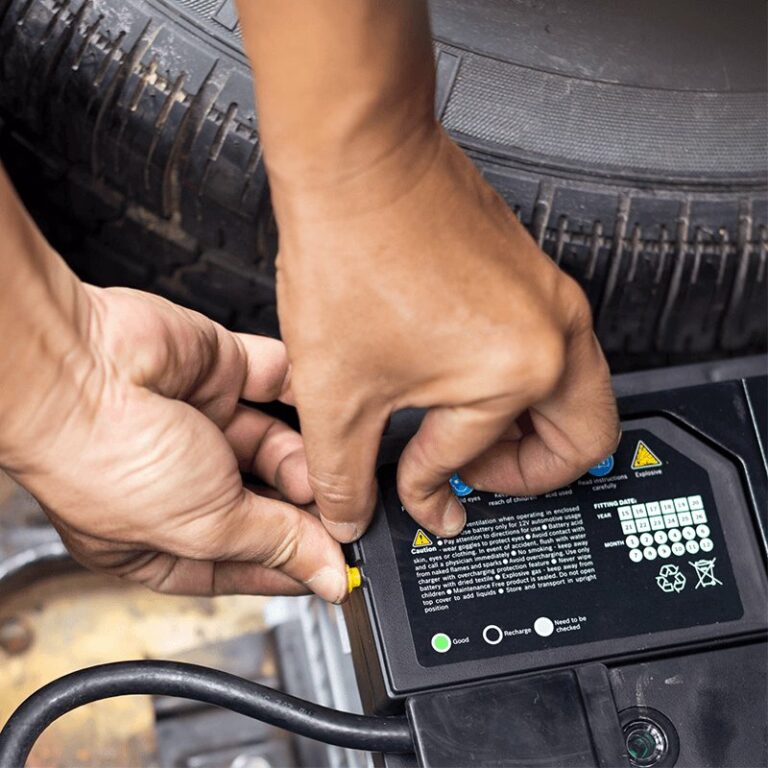Revive Your Dead Car Battery: A Step-By-Step Guide
Has your car battery ever let you down when you needed it most? Don’t worry, we’ve got you covered! In this article, we will show you the simple steps to recharge a dead car battery, ensuring you’re back on the road in no time. Whether you’re stuck in your driveway or stranded on the side of the road, knowing how to recharge a dead car battery is a crucial skill every vehicle owner should have. So, without further ado, let’s delve into the world of car batteries and discover the solution to the perennial question – How to recharge a dead car battery?
How to Recharge a Dead Car Battery?
Section 1: Understanding Your Car Battery
Before diving into the process of recharging a dead car battery, it’s important to understand how it works. A car battery is a rechargeable device that supplies electrical energy to your vehicle. It stores the energy produced by the alternator so that your car can start and run smoothly. However, over time, a battery can discharge or die, leaving you stranded with a non-functional vehicle.
Section 2: Diagnosing a Dead Car Battery
The first step in recharging a dead car battery is to determine if it is indeed the cause of your vehicle’s problem. Here are some indicators that your battery may be dead:
Dim Lights and Electrical Components
If your headlights appear dim and other electrical components, such as the radio or power windows, are not working properly, it could be a sign of a dead battery.
Engine Cranking Sound
When you try to start your car, if you hear a clicking or cranking sound without the engine actually turning over, it usually means that the battery is dead.
Unresponsive Dashboard Indicators
If the dashboard indicators fail to light up when you turn the key in the ignition, it generally points to a drained battery.
Section 3: Precautions Before Recharging
Before attempting to recharge a dead car battery, take the following precautions to ensure your safety:
Park in a Well-Ventilated Area
Make sure you are in a well-ventilated area, preferably outdoors or in a garage with the doors open. This will prevent the accumulation of harmful gases that may be released during the charging process.
Protective Gear
Wear protective gear such as gloves and safety goggles to shield yourself from potential hazards.
Disconnect Battery Cables
Before starting the recharging process, it’s crucial to disconnect the battery cables. Begin with the negative terminal (marked with a minus sign) and then remove the positive terminal (marked with a plus sign).
Section 4: Different Methods to Recharge a Dead Car Battery
There are several methods you can use to recharge a dead car battery. Let’s explore some of the most common ones:
Using a Battery Charger
A battery charger is a device specifically designed to recharge car batteries. It supplies a controlled amount of electrical current to the battery, gradually restoring its charge. Here’s how you can use a battery charger to recharge your dead car battery:
- Position the charger near the battery, ensuring the cables can reach both the battery and a power outlet.
- Connect the positive cable from the charger to the positive terminal of the battery.
- Connect the negative cable from the charger to a metal part of the car’s chassis, away from the battery.
- Plug in the charger and set it to the appropriate settings based on your battery’s specifications.
- Allow the battery to charge for the recommended amount of time, typically several hours.
- Once fully charged, disconnect the charger from the battery, starting with the negative cable followed by the positive cable.
Using Jumper Cables and Another Vehicle
If you don’t have access to a battery charger, you can use jumper cables and another functioning vehicle to recharge your dead car battery. Here’s how:
- Position both vehicles close to each other, ensuring the jumper cables can reach both batteries.
- Turn off both vehicles and engage the parking brakes.
- Connect one end of the positive jumper cable (usually red) to the positive terminal of the dead battery.
- Connect the other end of the positive jumper cable to the positive terminal of the live battery.
- Connect one end of the negative jumper cable (usually black) to the negative terminal of the live battery.
- Connect the other end of the negative jumper cable to a metal part of the car with the dead battery, away from the battery itself.
- Start the vehicle with the live battery and let it run for a few minutes to transfer some charge to the dead battery.
- Try starting the car with the dead battery. If it starts, let it run for a while to further charge the battery.
- Once the dead battery has gained some charge, disconnect the jumper cables in the reverse order of connection.
Using a Jump Starter
A jump starter is a portable device that combines a battery and cables, allowing you to jump-start your dead car battery without the need for another vehicle. Here’s how you can use a jump starter:
- Position the jump starter near the battery, ensuring the cables can reach both the battery and the jump starter.
- Connect the positive cable from the jump starter to the positive terminal of the battery.
- Connect the negative cable from the jump starter to a metal part of the car’s chassis, away from the battery.
- Turn on the jump starter and follow the manufacturer’s instructions to start your car.
- Once the car has started, let it run for a while to allow the battery to charge.
- After the battery has gained some charge, disconnect the jump starter, starting with the negative cable followed by the positive cable.
Section 5: Maintaining a Healthy Car Battery
Recharging a dead car battery is a temporary solution, and it’s important to implement proper battery maintenance practices to avoid future issues. Here are some tips to help maintain a healthy car battery:
Regular Inspections
Periodically inspect your battery, checking for any signs of corrosion, loose connections, or physical damage. Clean any corrosion buildup using a mixture of baking soda and water and tighten any loose connections.
Driving Regularly
Driving your car regularly helps keep the battery charged, as the alternator generates energy while the engine is running. If your vehicle sits idle for extended periods, consider investing in a battery maintainer or charger to prevent depletion.
Avoiding Extreme Temperatures
Extreme temperatures can affect battery performance. Park your car in a garage or shaded area during hot weather and use a battery insulation kit during cold weather to protect the battery from temperature extremes.
Limiting Electrical Load
Minimize the use of electrical components, such as headlights or the radio, when the engine is off. This reduces the strain on the battery and helps preserve its charge.
Section 6: Conclusion
Recharging a dead car battery is a relatively simple process that can save you time and money. Whether using a battery charger, jumper cables, or a jump starter, ensure your safety by following the necessary precautions. Additionally, maintaining a healthy car battery through regular inspections, driving, and temperature considerations will prolong its lifespan and reduce the likelihood of a dead battery. By understanding how to recharge and maintain your car battery, you can avoid the inconvenience of being stranded with a non-functional vehicle.
How to Charge a TOTALLY Dead Car Battery with Kent Bergsma: Battery Clinic Part 5
Frequently Asked Questions
How long does it take to recharge a dead car battery?
Recharging a dead car battery can take anywhere from a few hours to overnight, depending on the capacity of the battery and the charging method used. It is recommended to allow for at least a few hours for the battery to get a sufficient charge before attempting to start the car.
Can I jump-start my car to recharge the battery?
Yes, jump-starting your car can help recharge a dead battery. Connect the positive (+) terminals of the dead battery and the working vehicle’s battery with jumper cables, then connect the negative (-) terminal of the working vehicle’s battery to a grounded metal part of the dead vehicle. Start the working vehicle and let it run for a few minutes to charge the dead battery, then try starting the dead vehicle.
What is a battery charger and how does it work?
A battery charger is a device that recharges dead batteries by supplying electrical energy to the battery cells. It works by plugging the charger into an electrical outlet and connecting the charger’s positive and negative leads to the corresponding terminals on the battery. The charger then delivers a controlled electric current to the battery, slowly replenishing its charge.
Can I use a trickle charger to recharge my dead car battery?
Yes, a trickle charger can be used to recharge a dead car battery. Trickle chargers provide a low, steady charge to the battery over a longer period of time, helping to prolong the battery’s overall life. However, keep in mind that trickle charging may take several hours or even days to fully recharge a dead battery, so it is important to be patient.
Is it safe to recharge a dead car battery indoors?
While it is possible to recharge a dead car battery indoors, it is generally recommended to do so in a well-ventilated area. Charging a battery produces hydrogen gas, which is highly flammable and can be dangerous in enclosed spaces. If charging indoors is necessary, ensure the charging area is well-ventilated, and place the battery on a stable surface away from any potential sources of ignition.
Can I recharge a completely dead car battery?
In most cases, you can recharge a completely dead car battery. However, if the battery is too old or has been fully discharged for an extended period of time, it may not be recoverable and might need to be replaced. It is important to check the battery’s voltage and condition before attempting to recharge it. If in doubt, consult a professional or replace the battery to ensure reliable starting power for your vehicle.
Final Thoughts
In conclusion, recharging a dead car battery is a straightforward process that can save you time and money. By following the steps outlined in this article, such as connecting the charger, setting the appropriate voltage, and allowing sufficient time for recharge, you can easily revive your battery and get back on the road. Remember to take necessary precautions, such as wearing safety glasses and gloves, and ensure proper ventilation in the charging area. By understanding how to recharge a dead car battery, you can avoid the hassle and expense of jump-starting or replacing it altogether.


